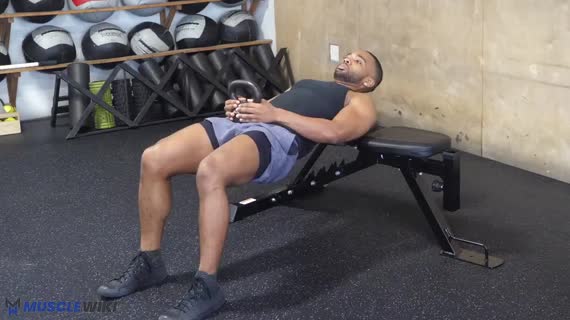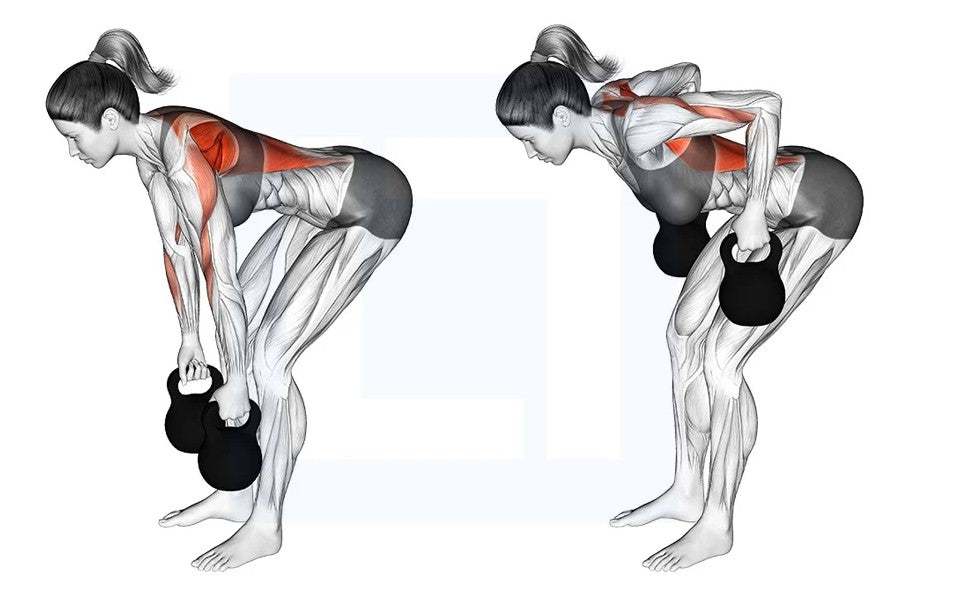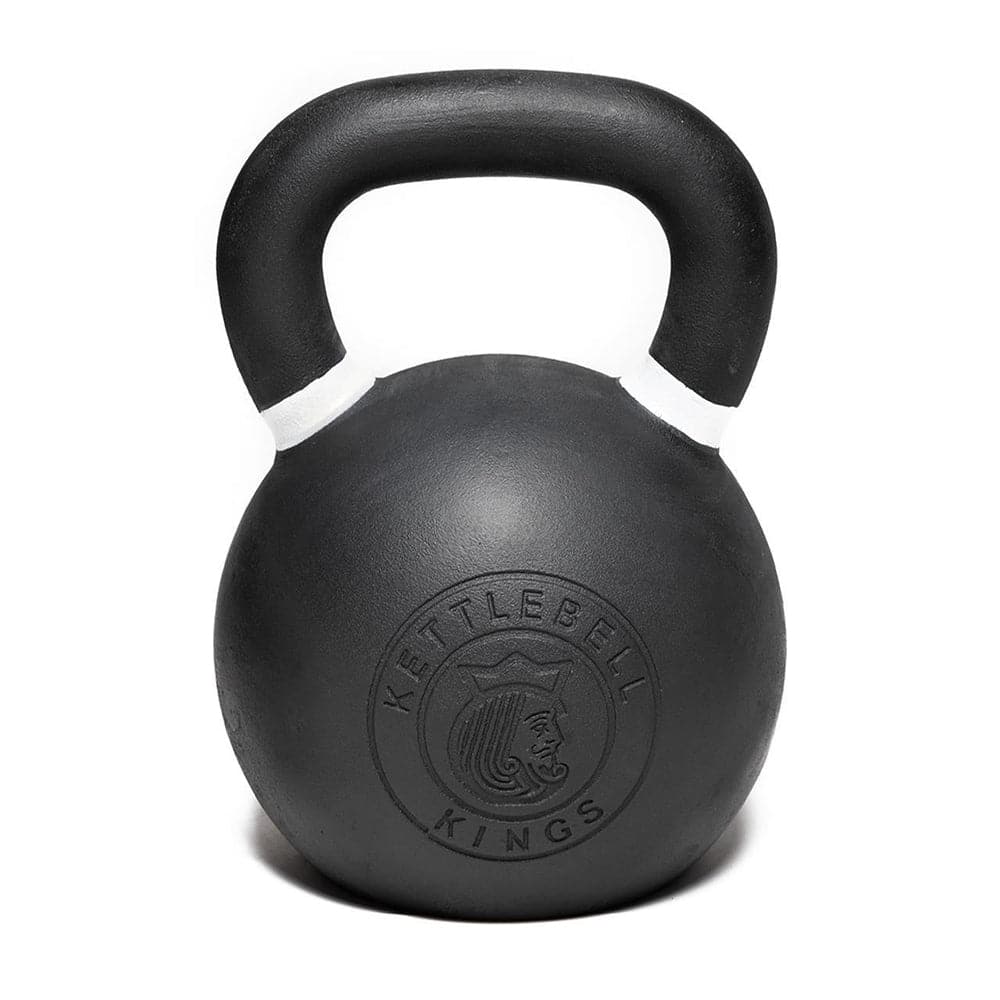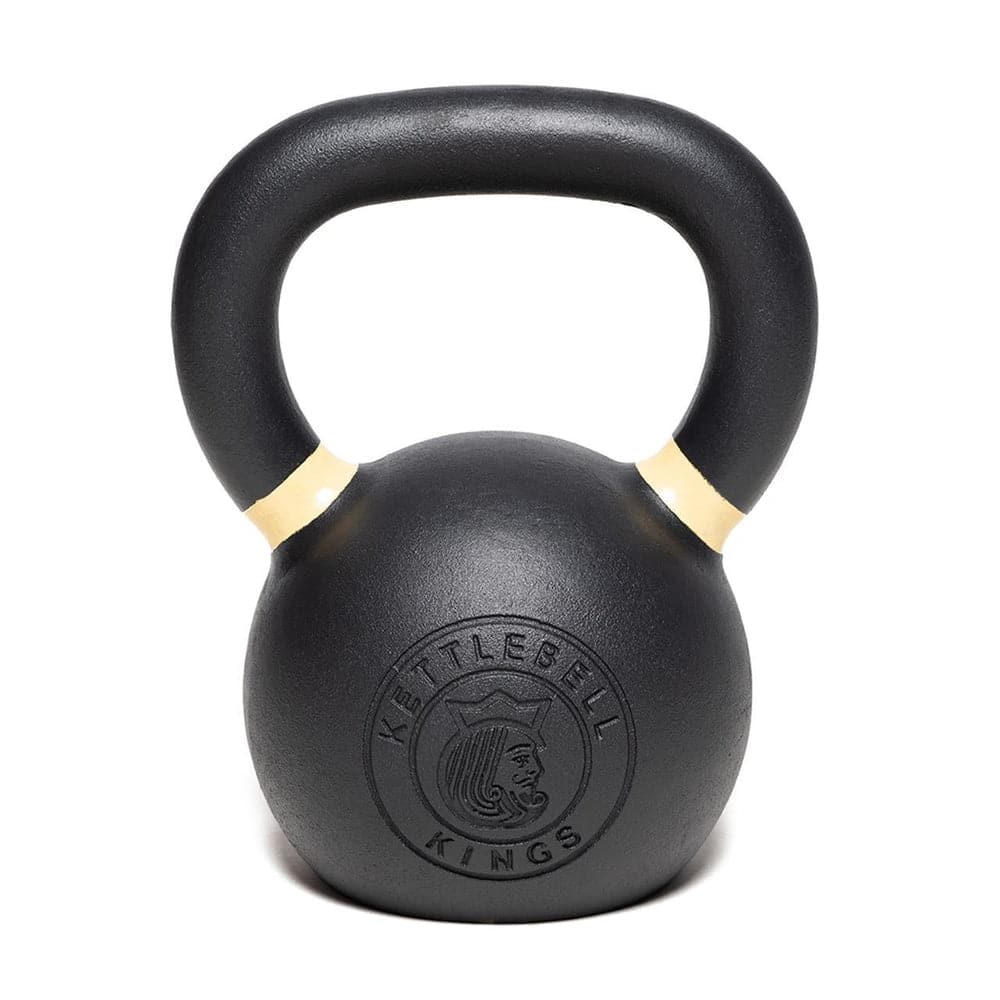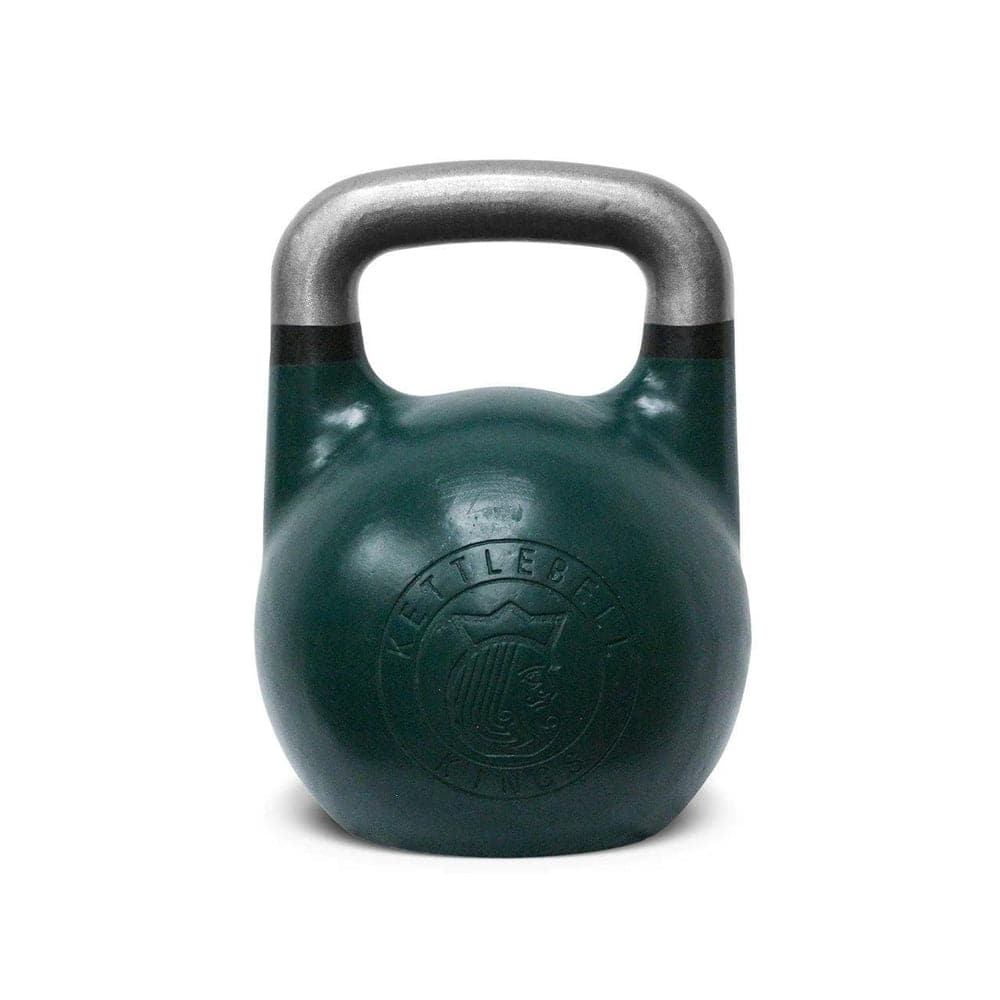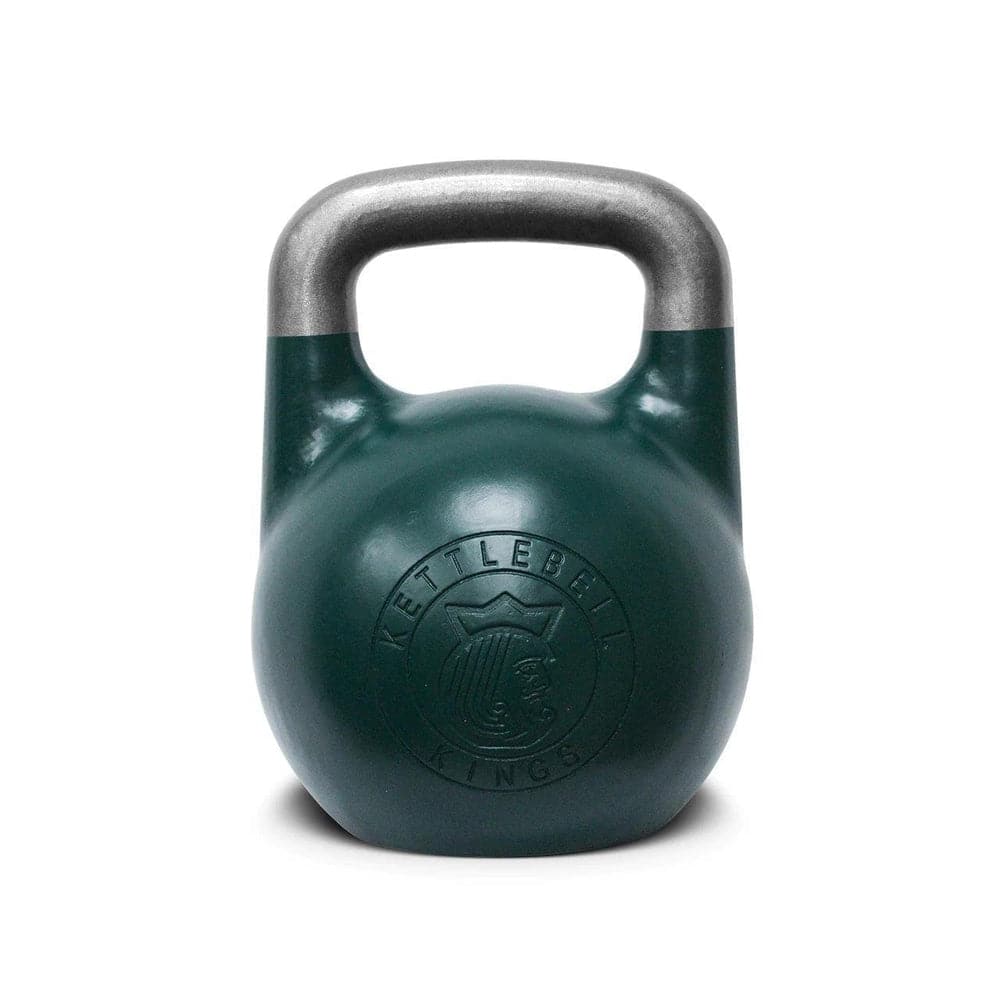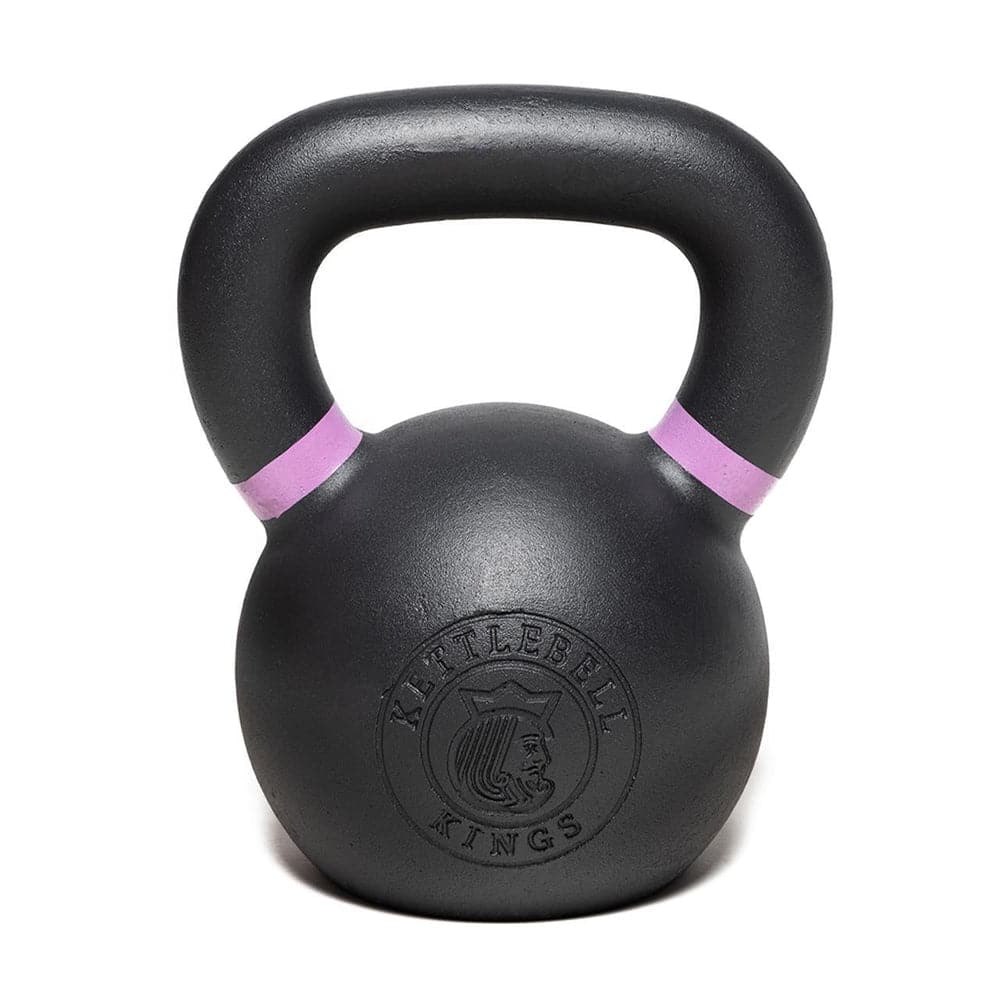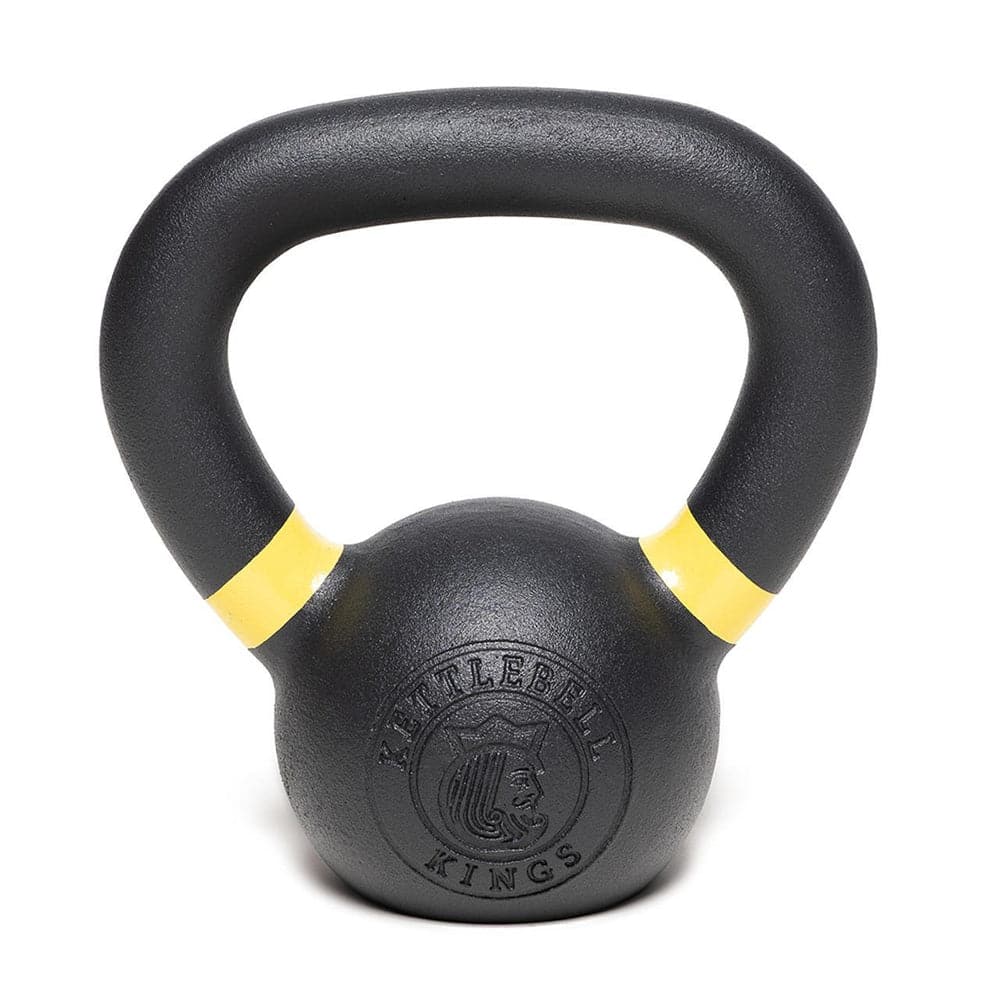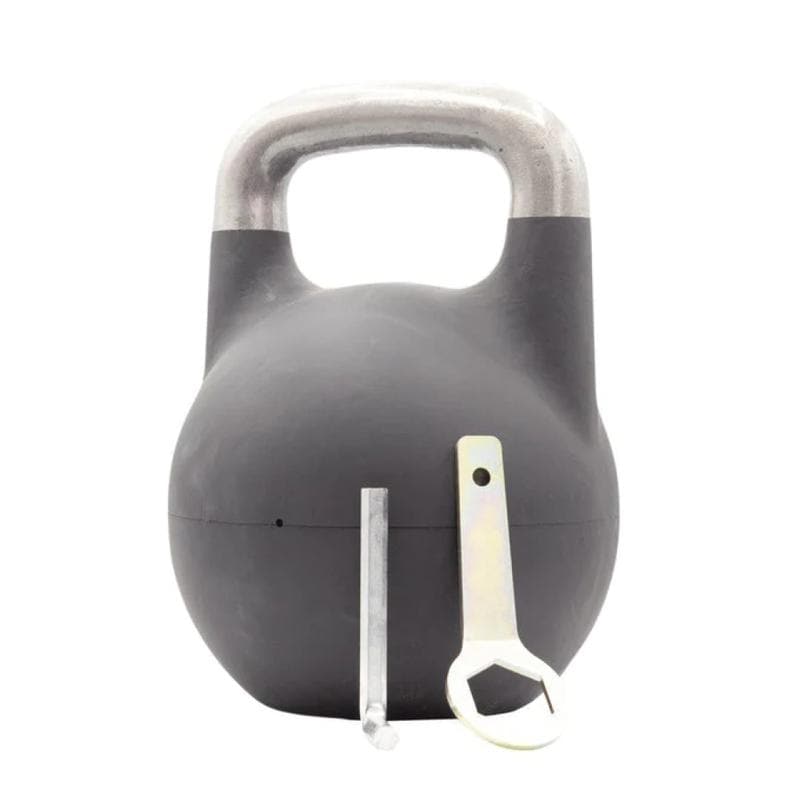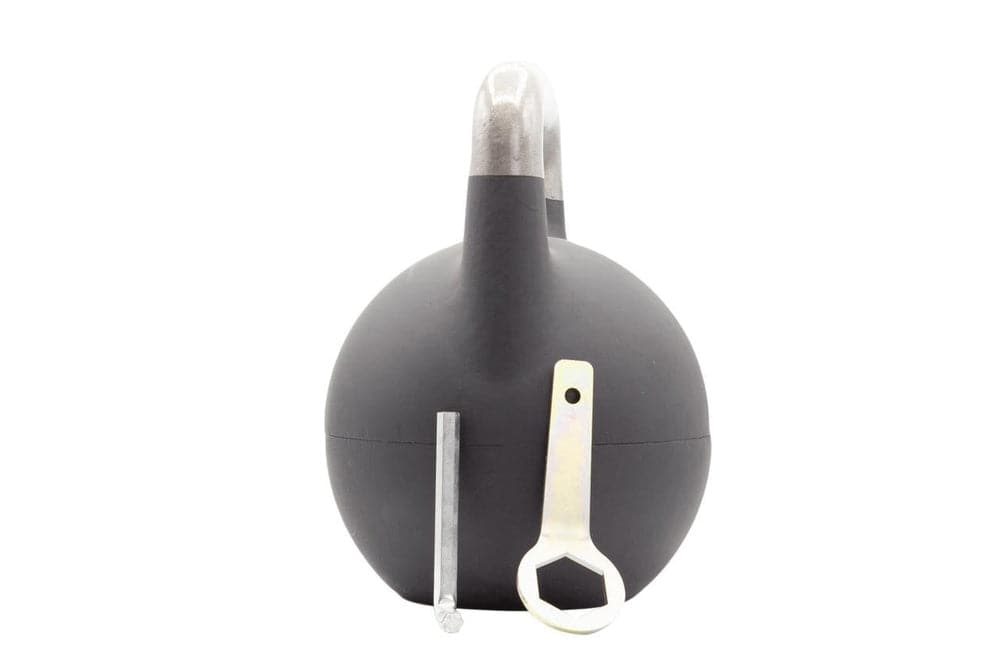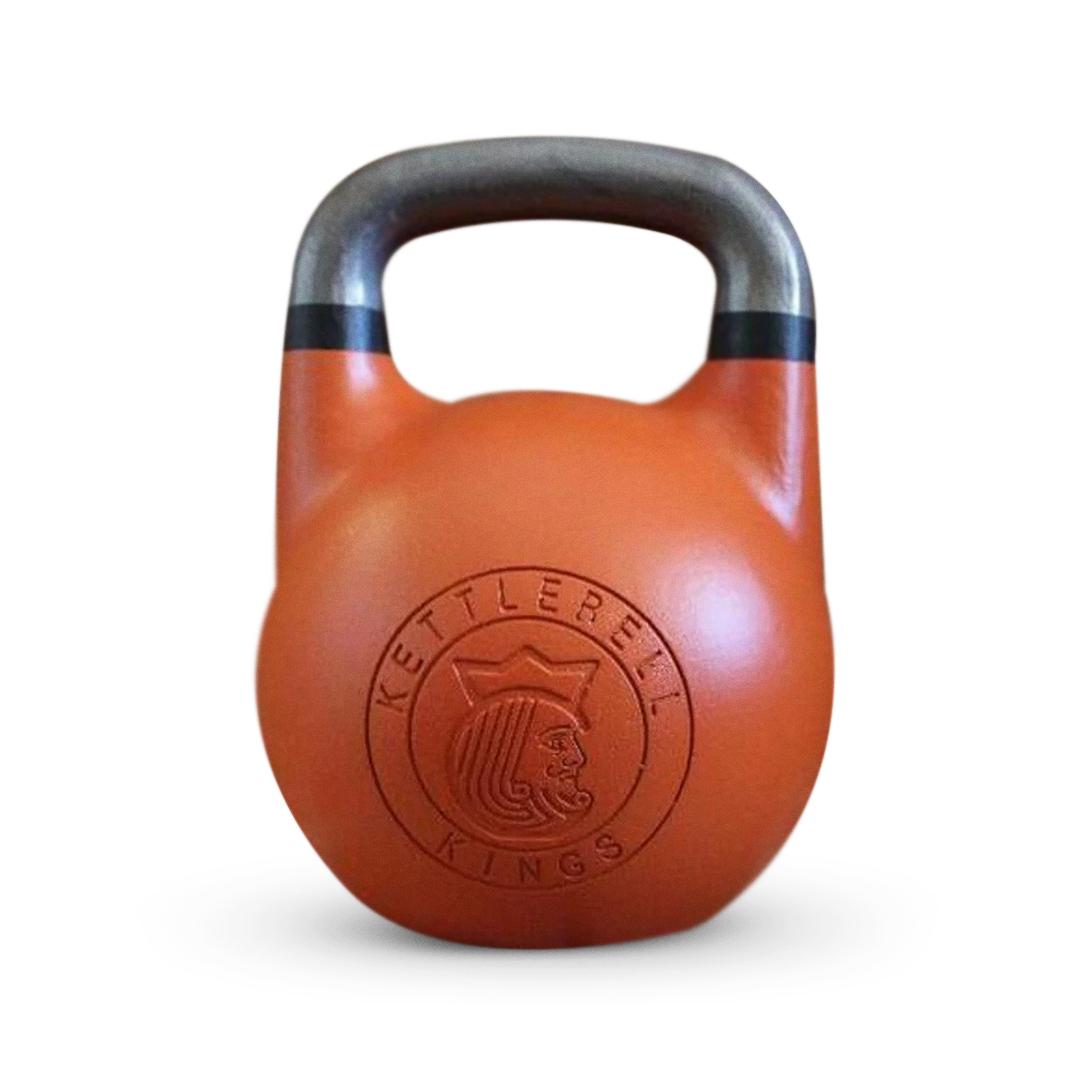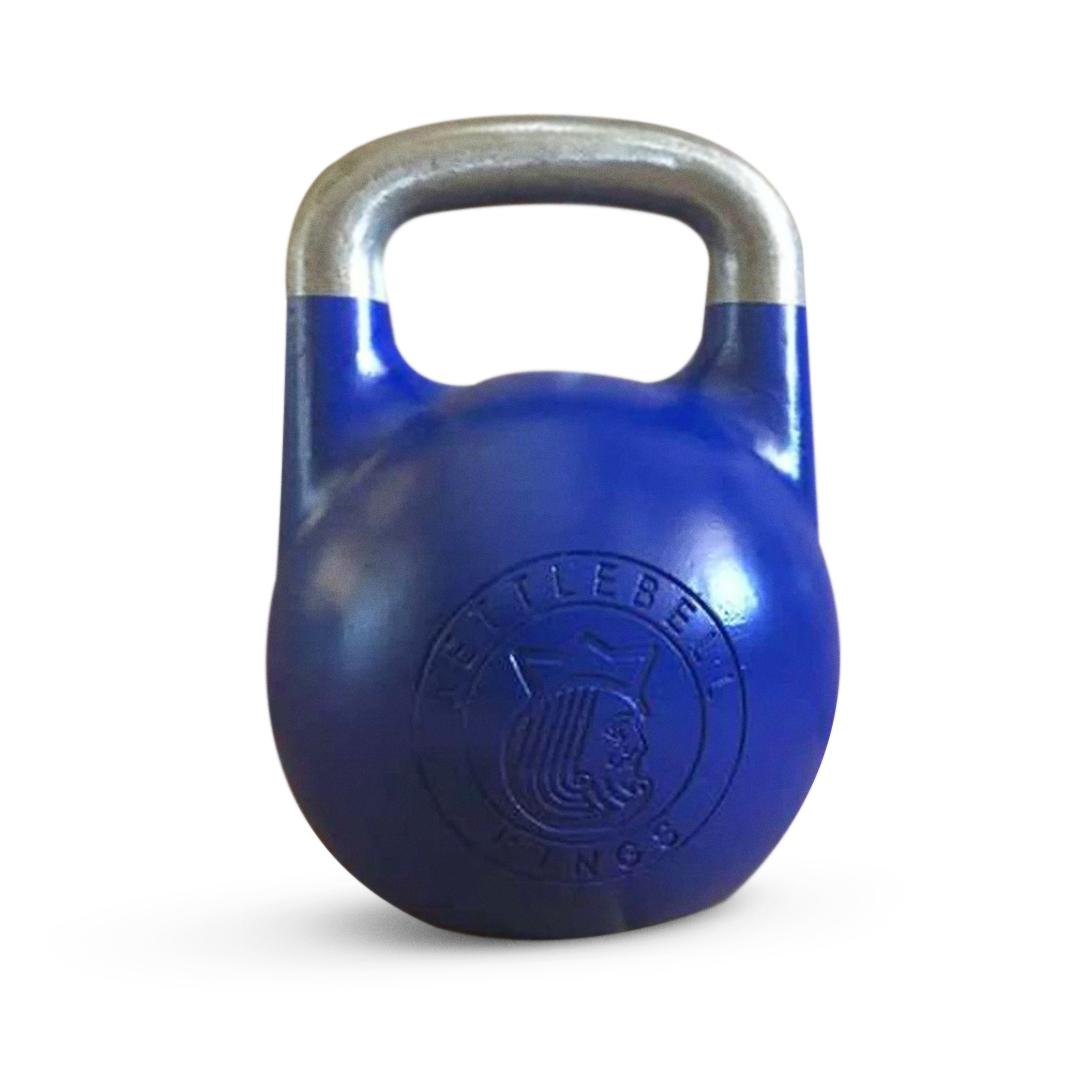Kettlebell calf raises are an excellent exercise for developing the calves, increasing lower leg strength, and enhancing overall stability and athletic performance. By incorporating the kettlebell into this exercise, you can add extra resistance and challenge your calves in a more dynamic way compared to traditional bodyweight calf raises. This exercise not only improves muscle tone but also promotes functional movement patterns that are crucial for activities such as running, jumping, and climbing. Whether you're a beginner or an experienced athlete, kettlebell calf raises offer scalability and versatility, making them a perfect addition to any lower-body workout regimen.
What Are Kettlebell Calf Raises and How Do They Differ from Bodyweight Calf Raises?

Bodyweight Calf Raises
Kettlebell calf raises are a simple yet effective lower-body exercise that targets the calf muscles, specifically the gastrocnemius and soleus. This exercise is performed by holding a kettlebell while rising up onto your toes and then lowering your heels back to the starting position, engaging your calves throughout the movement.
The main difference between kettlebell calf raises and bodyweight calf raises lies in the added resistance from the kettlebell. While bodyweight calf raises are great for beginners or as a warm-up, the kettlebell adds intensity, allowing for progressive overload and more muscle activation, making it ideal for those looking to enhance calf strength, muscle growth, and endurance.
Understanding the Mechanics of Kettlebell Calf Raises
Kettlebell calf raises primarily target the calves, but the addition of a kettlebell also activates the core and improves balance. Proper technique is essential to maximize the exercise’s effectiveness and minimize the risk of injury. Key points to keep in mind include:
- Setup: Start by standing with your feet about hip-width apart. Hold the kettlebell in one or both hands, allowing it to hang naturally at your sides.
- Execution: Slowly rise onto the balls of your feet, pushing through your toes, and squeeze your calves at the top of the movement. Lower back down with control, making sure your heels come all the way to the ground for a full range of motion.
- Focus: Engage your core for stability and avoid swaying your body. Keep your posture upright to reduce strain on your lower back.
Differences Between Bodyweight Calf Raises and Kettlebell Calf Raises
| Aspect | Bodyweight Calf Raises | Kettlebell Calf Raises |
| Equipment | No equipment needed | Requires a kettlebell (can be adjusted based on preference) |
| Load | Limited to body weight | Allows for adjustable resistance with kettlebell load |
| Setup Complexity | Very simple, no setup required | Requires holding the kettlebell securely during the exercise |
| Focus | Primarily targets calves | Targets calves with additional core and grip engagement due to kettlebell hold |
| Versatility | Basic movement suitable for beginners | More versatile, can incorporate different variations and increase load |
| Core Engagement | Minimal core activation | Greater core stability needed to stabilize the kettlebell |
| Progression | Limited progression | Easy to progress by increasing weight or adding variations |
| Portability | Extremely portable | Portable, but kettlebell needs to be carried |
| Ideal For | Beginners or those looking for maintenance training | Intermediate to advanced lifters looking for increased resistance and calf development |
Benefits of Incorporating Kettlebell Calf Raises in Your Workout
-
Increased Calf Strength
By holding a kettlebell, you add resistance that challenges the calves, leading to improved strength, power, and muscle hypertrophy in the lower legs. -
Enhanced Stability
Kettlebell calf raises require more core engagement than bodyweight calf raises due to the extra load. This strengthens the stabilizing muscles of the core and helps improve overall balance and posture. -
Improved Ankle Mobility and Stability
Regularly performing calf raises helps improve ankle flexibility and strength, which is essential for activities like running, hiking, and jumping. Strong, mobile ankles reduce the risk of injuries such as sprains. -
Versatility and Adaptability
The kettlebell calf raise is a versatile exercise that can be modified to suit any fitness level. Beginners can start with a lighter kettlebell or even perform the exercise without weight, while advanced lifters can increase the load for a greater challenge. -
Better Athletic Performance
Stronger calves lead to more powerful push-offs, improving sprinting, jumping, and other explosive movements. This makes kettlebell calf raises beneficial for athletes across many sports.
How to Perform a Kettlebell Calf Raise with Proper Form
Follow these steps for optimal technique:
Step-by-Step Guide
Setup
Stand tall with your feet about hip-width apart, holding a kettlebell in one or both hands. The kettlebell should be held at your sides, allowing your arms to remain relaxed.
Positioning
Engage your core, keeping your chest lifted and your back straight. Position your feet firmly on the ground, with the weight evenly distributed between your toes and heels.
Execution
Slowly raise your heels off the ground, pushing through the balls of your feet, and lift as high as possible. Squeeze your calves at the top of the movement to fully engage the muscle.
Lower
Gently lower your heels back down to the floor with control, ensuring you don’t drop them too quickly. This controlled descent helps maximize the muscle-building benefits.
Repeat
Aim for 10-15 repetitions per set, performing 3-4 sets depending on your goals and fitness level.
Key Tips for Proper Form
- Foot Position: Keep your feet straight or slightly turned out, depending on comfort. Avoid allowing your knees to bend during the movement.
- Core Engagement: Tighten your core to help stabilize your body and avoid leaning back or swaying.
- Kettlebell Grip: Ensure that the kettlebell is securely held, especially when performing one-legged variations.
Common Mistakes to Avoid During Kettlebell Calf Raises
Rushing the Movement
Performing the exercise too quickly reduces muscle engagement and increases the risk of injury. Focus on slow, controlled movements to maximize activation and prevent strain.
Overextending
Pushing your heels too high can cause hyperextension of the ankle, stressing tendons and ligaments. Maintain a controlled range of motion for safety and effectiveness.
Using Too Much Weight
Starting with too heavy a kettlebell can lead to poor form and reduce the exercise's effectiveness. Begin with a manageable weight and gradually increase as you build strength.
Not Engaging the Core
Failing to engage your core can strain your lower back and decrease the exercise's impact. Keep your core tight to maintain stability, protect your back, and enhance the movement's benefits.
What Muscles Do Kettlebell Calf Raises Target?
Kettlebell calf raises primarily target the gastrocnemius and soleus muscles of the calf, which are responsible for plantar flexion (pointing the toes downward). These muscles are crucial for movements such as walking, running, and jumping.
Primary Muscle Groups
-
Gastrocnemius
Located on the upper part of the calf, this larger muscle is responsible for most of the ankle flexion during the calf raise, especially when the knee is straight. -
Soleus
Situated beneath the gastrocnemius, the soleus assists in ankle movement, particularly when the knee is bent. It plays a key role in the calf raise when your knees are flexed
Secondary Muscle Groups
-
Core
The core stabilizes your posture and prevents swaying while holding the kettlebell, ensuring you maintain an upright position during the movement. -
Tibialis Anterior
This muscle, located along the shin, helps stabilize the ankle during the exercise, especially when lowering the heels back down.
Effective Variations of the Kettlebell Calf Raise
1. Single-Leg Kettlebell Calf Raise
This variation isolates each leg, improving muscle activation and unilateral strength.
How to Perform
- Stand on one leg, holding a kettlebell for stability.
- Raise your heel as high as possible, squeezing your calf at the top.
- Slowly lower back down and repeat.
2. Banded Kettlebell Calf Raise
Add a resistance band around your ankles to increase tension at the top, challenging advanced lifters.
How to Perform
- Place a band around your ankles and hold a kettlebell.
- Raise your heels, feeling the band’s tension at the top.
- Lower slowly and repeat.
3. Elevated Kettlebell Calf Raise
Elevate your toes for a deeper stretch at the bottom of the movement.
How to Perform
- Place your toes on a raised surface, holding a kettlebell.
- Raise your heels and squeeze at the top.
- Lower your heels below the surface for a deeper stretch.
How Can I Safely Progress with Kettlebell Calf Raises?
1. Gradually Increase the Weight
To continue challenging your calves and stimulate muscle growth, gradually increase the kettlebell weight. Start with small increments to avoid overloading your muscles too quickly, allowing your body to adapt and grow stronger.
2. Increase Reps or Sets
As your endurance improves, try increasing the number of reps or sets you perform. For example, if you start with 10 reps, work your way up to 15 reps per set, or add an additional set to further push your limits and enhance muscular endurance.
3. Use Variations
Incorporate variations like single-leg or elevated calf raises to target your calves from different angles and intensities. These variations challenge the muscles in new ways, promoting more balanced muscle development and preventing plateaus in your progress.
Conclusion
Kettlebell calf raises are an effective exercise for building stronger, more defined calves. By adding the resistance of a kettlebell, this variation intensifies the traditional calf raise, providing a greater challenge to the calf muscles. This added resistance helps improve overall lower-leg strength, enhances ankle stability, and boosts athletic performance.
Incorporating kettlebell calf raises into your routine, whether you're a beginner or advanced lifter, can benefit you in various ways. They not only strengthen the calf muscles but also improve balance, coordination, and power in your lower body. These advantages make kettlebell calf raises a versatile exercise for anyone looking to enhance their lower-body strength and mobility.









